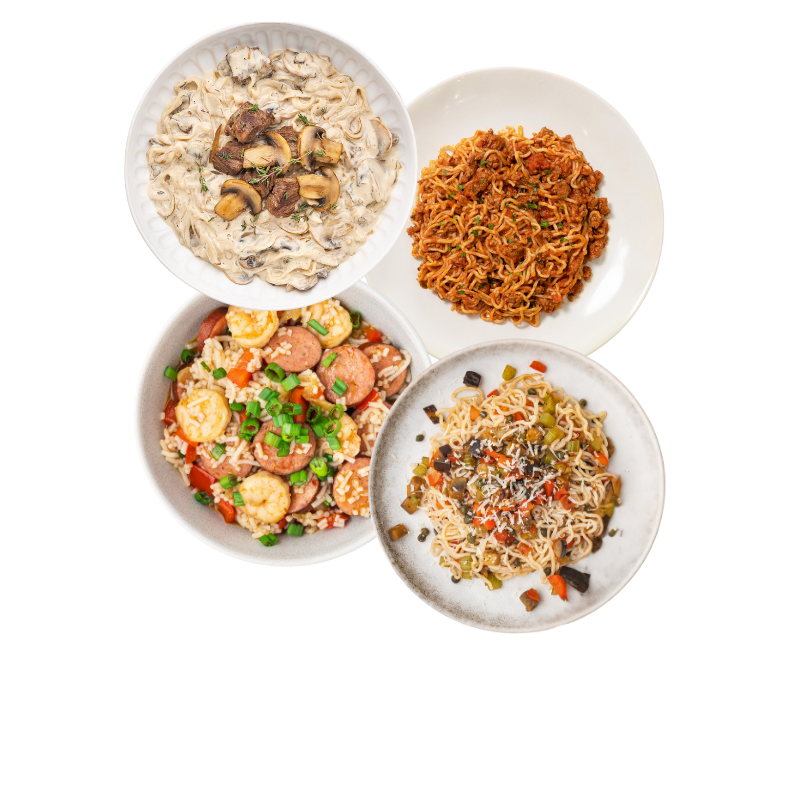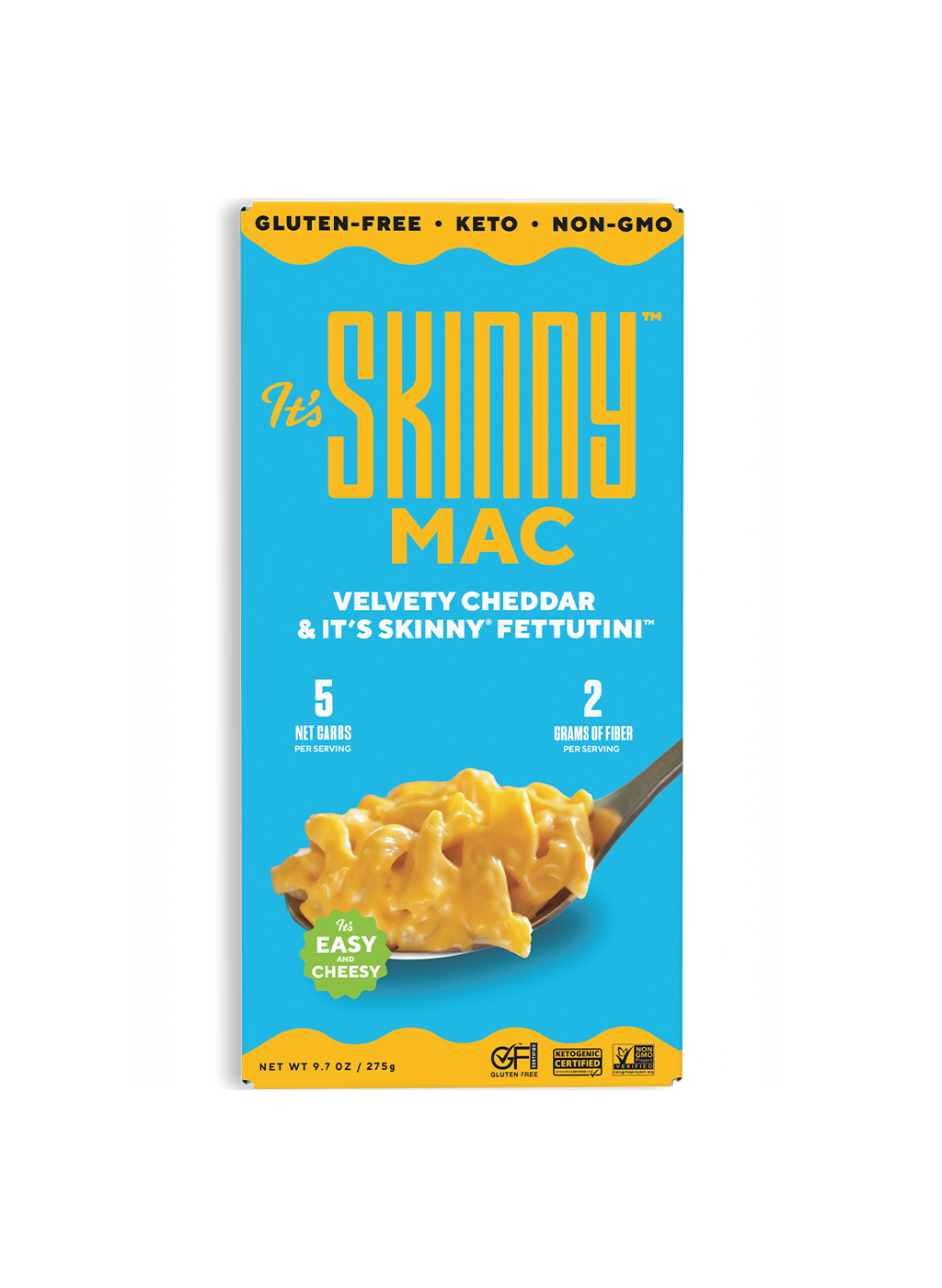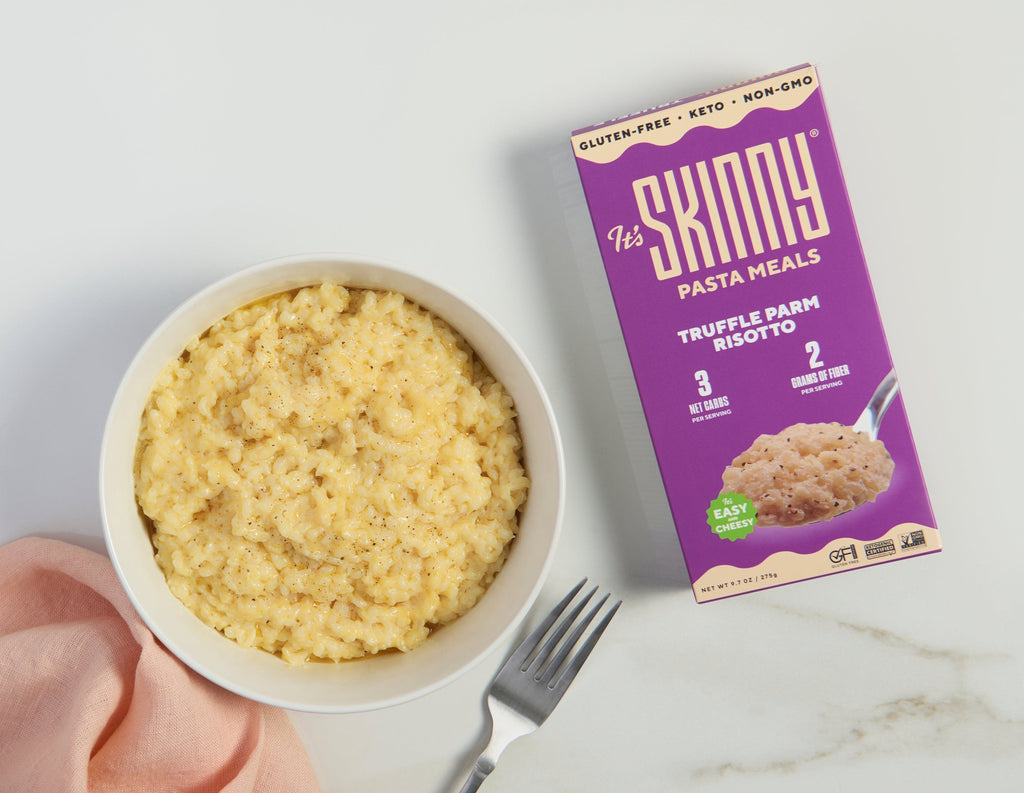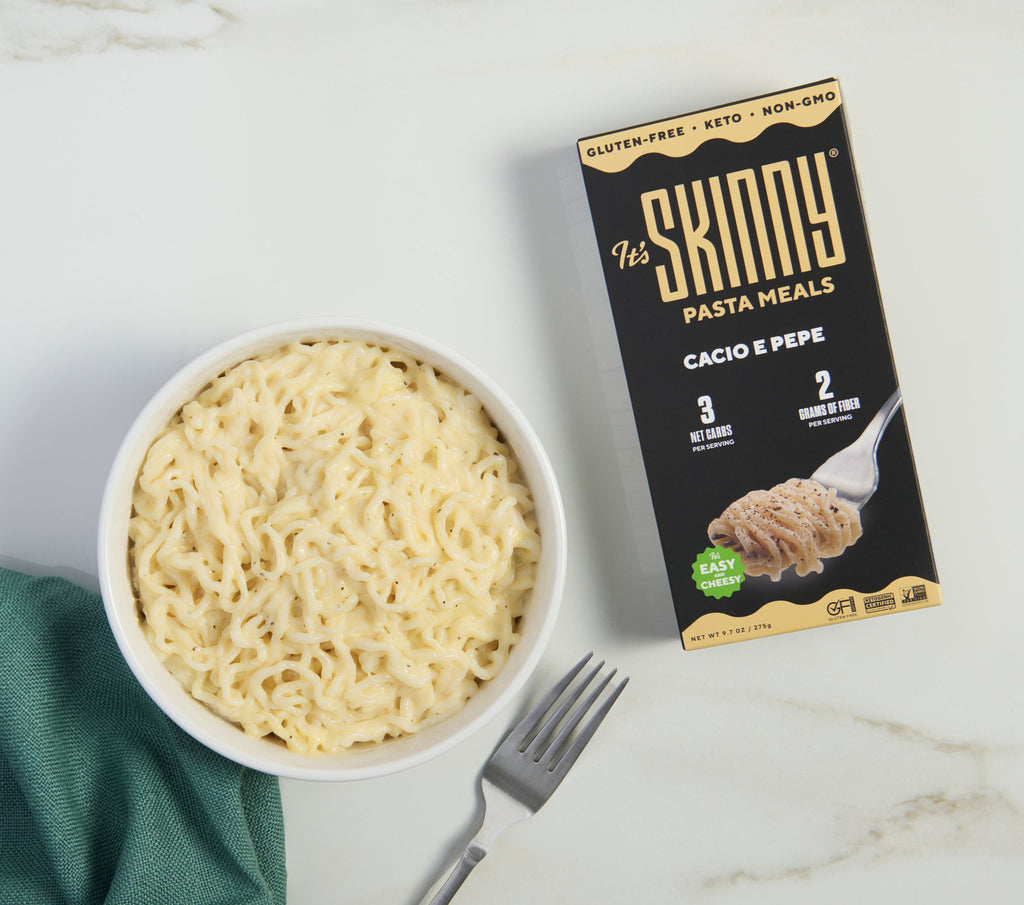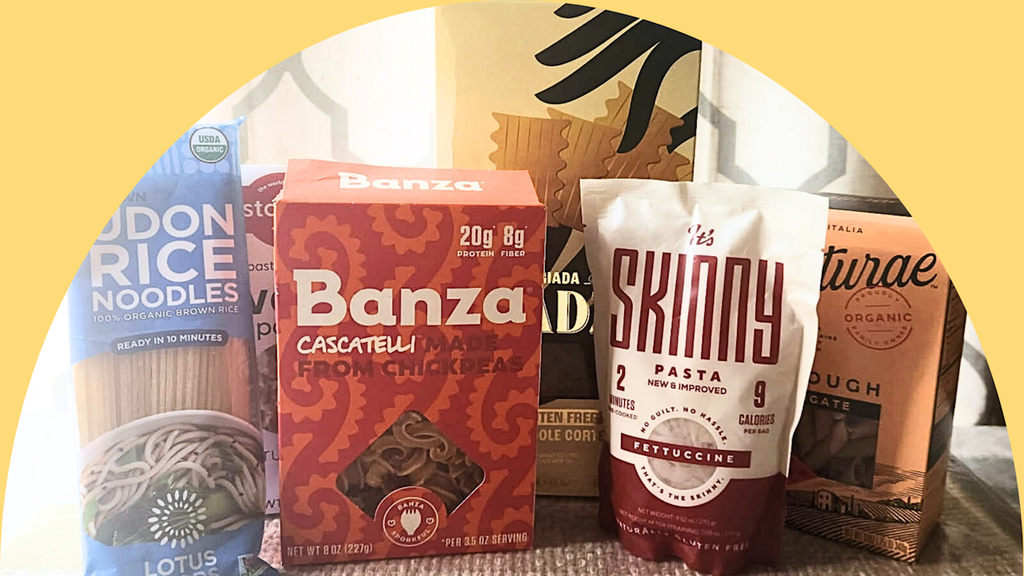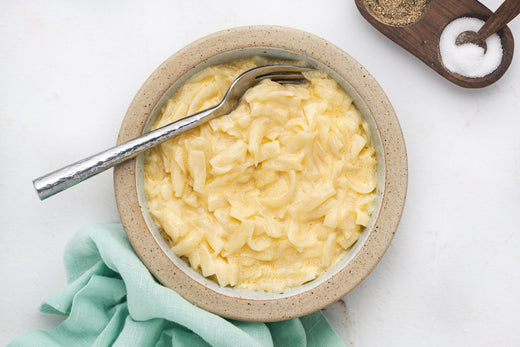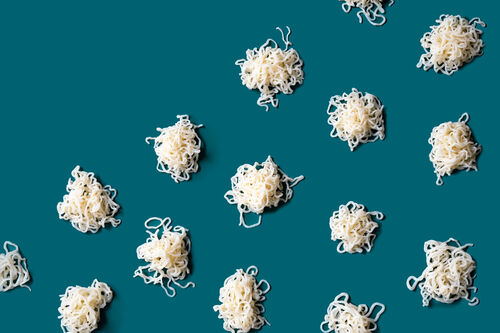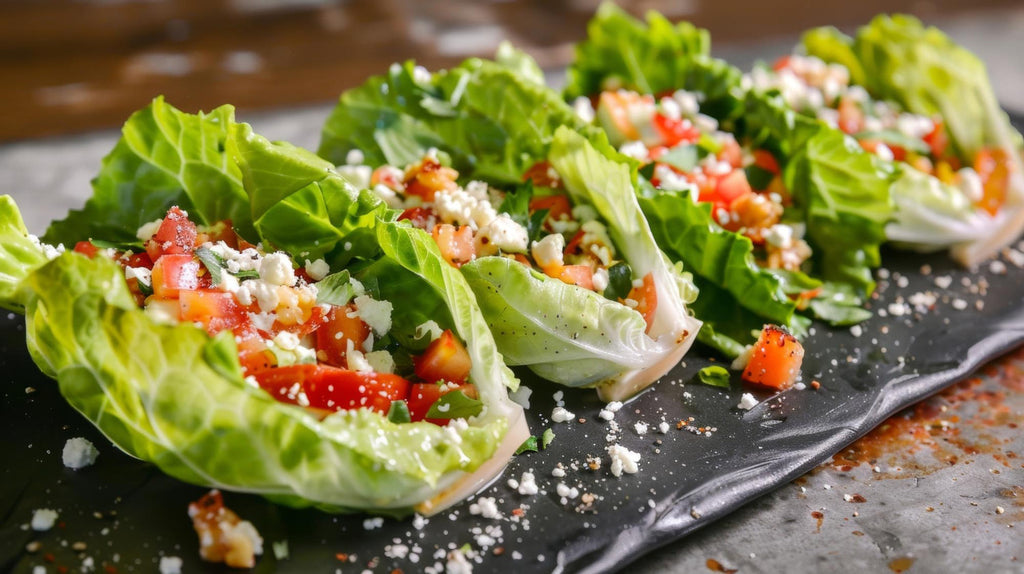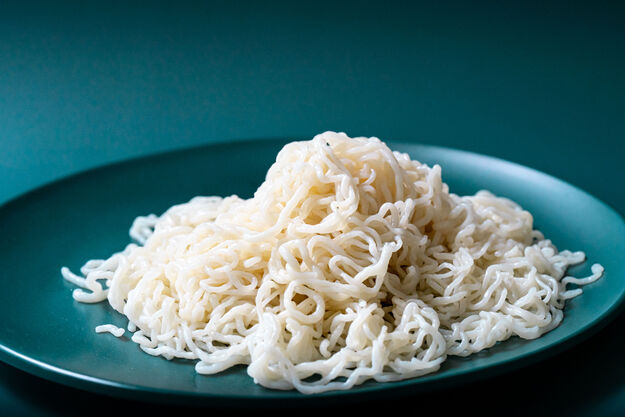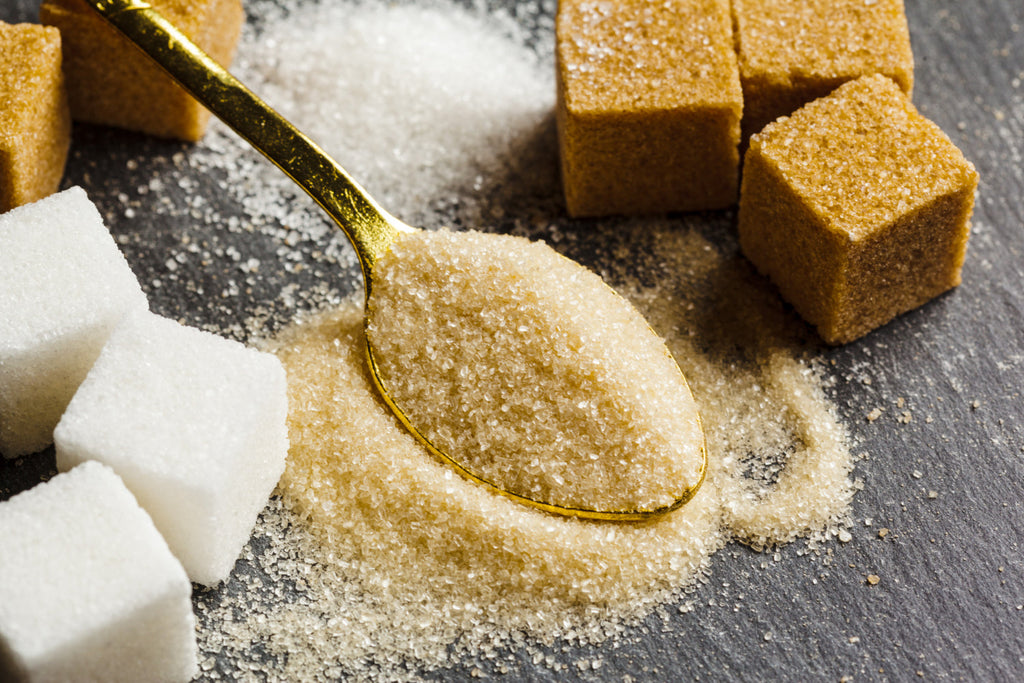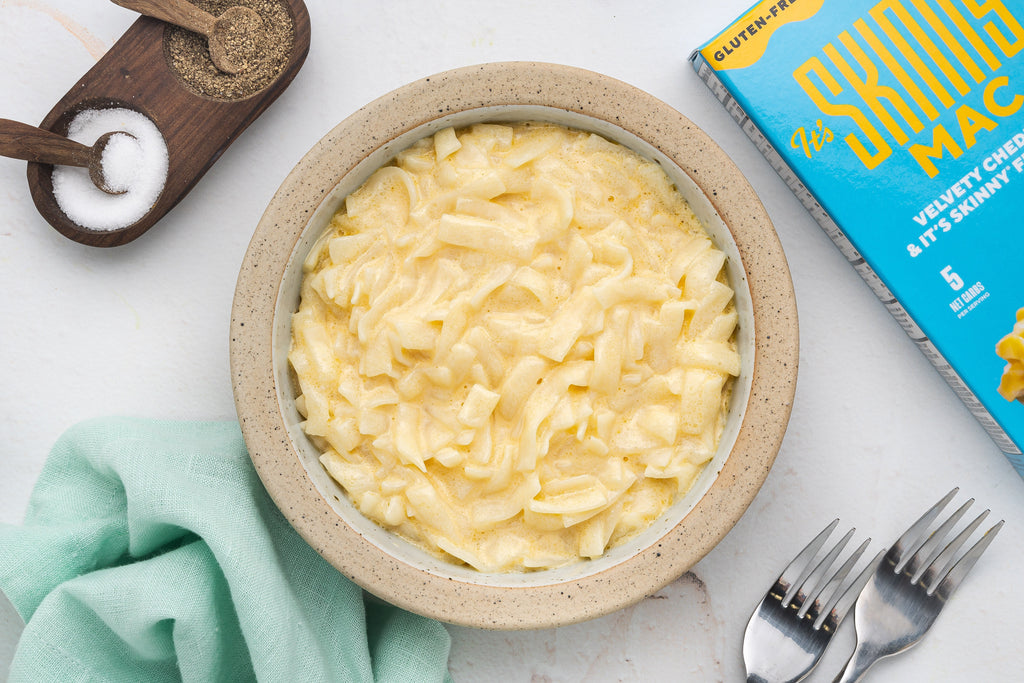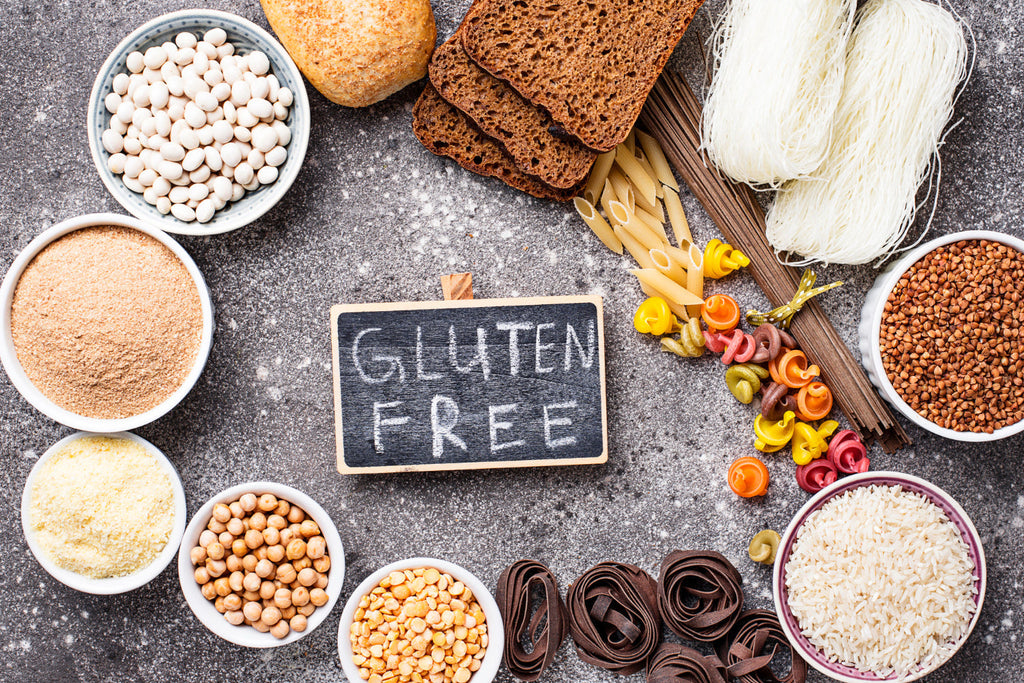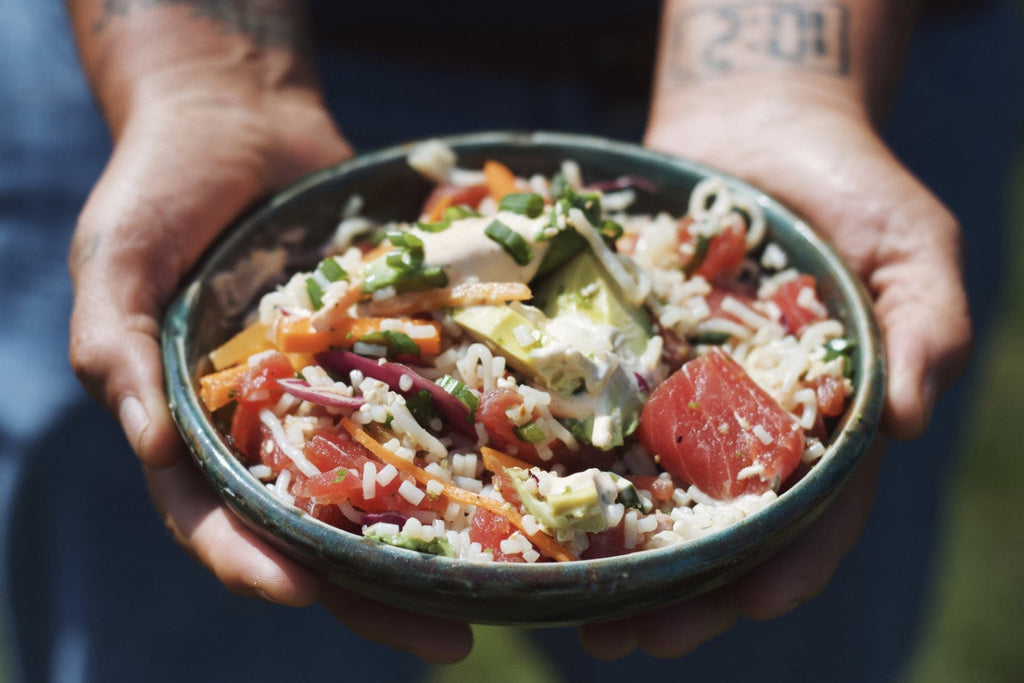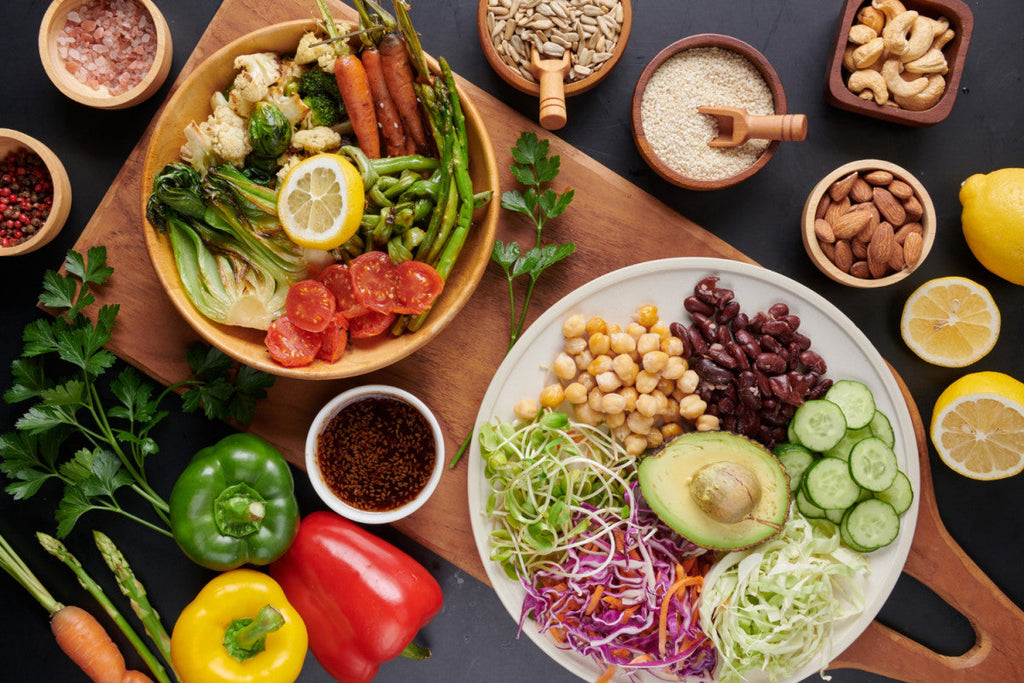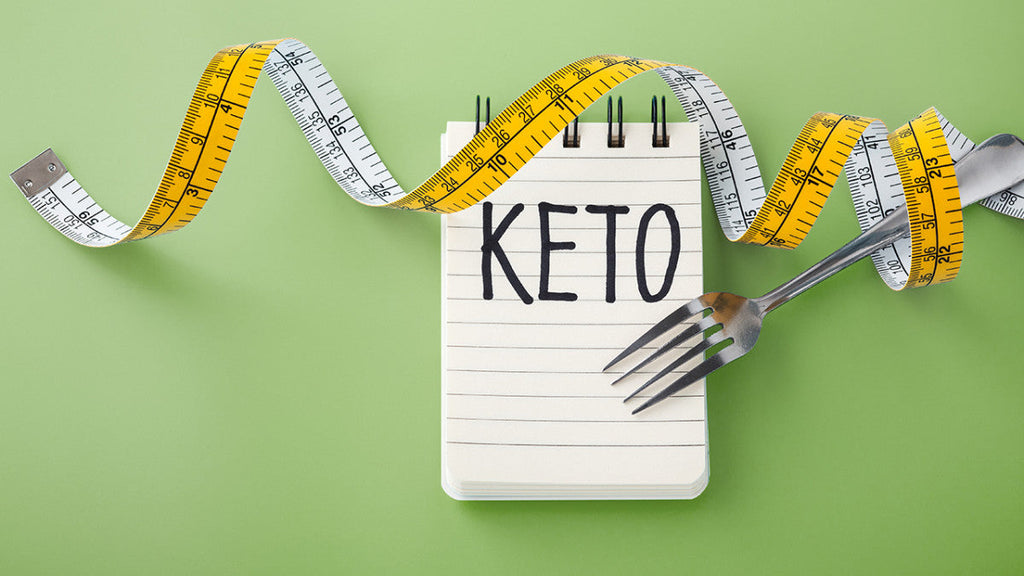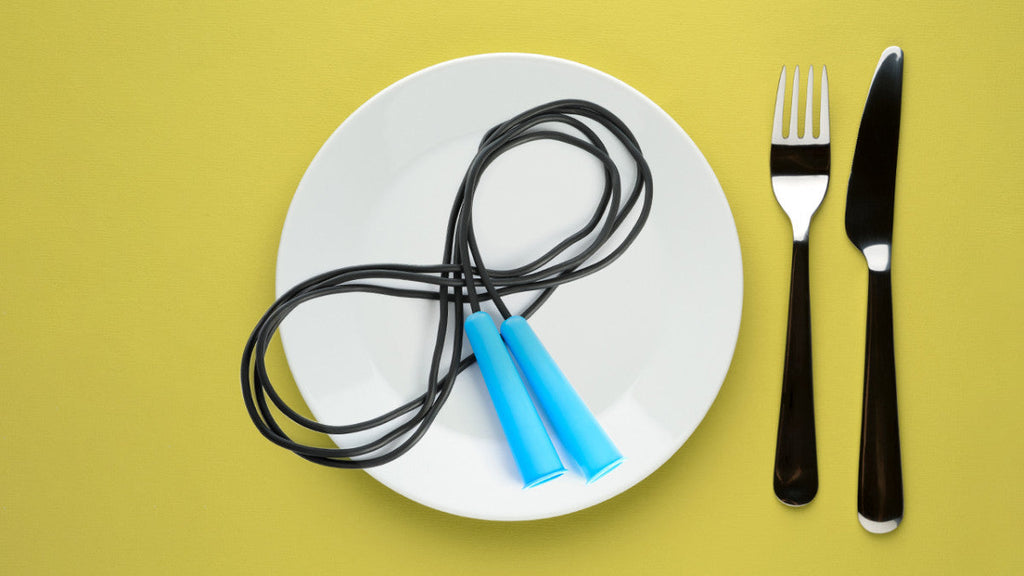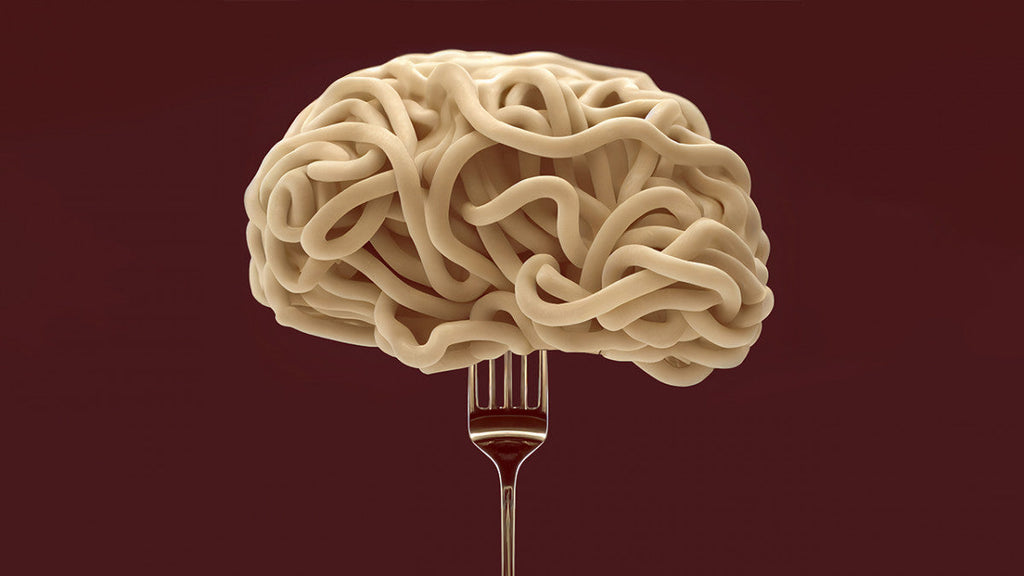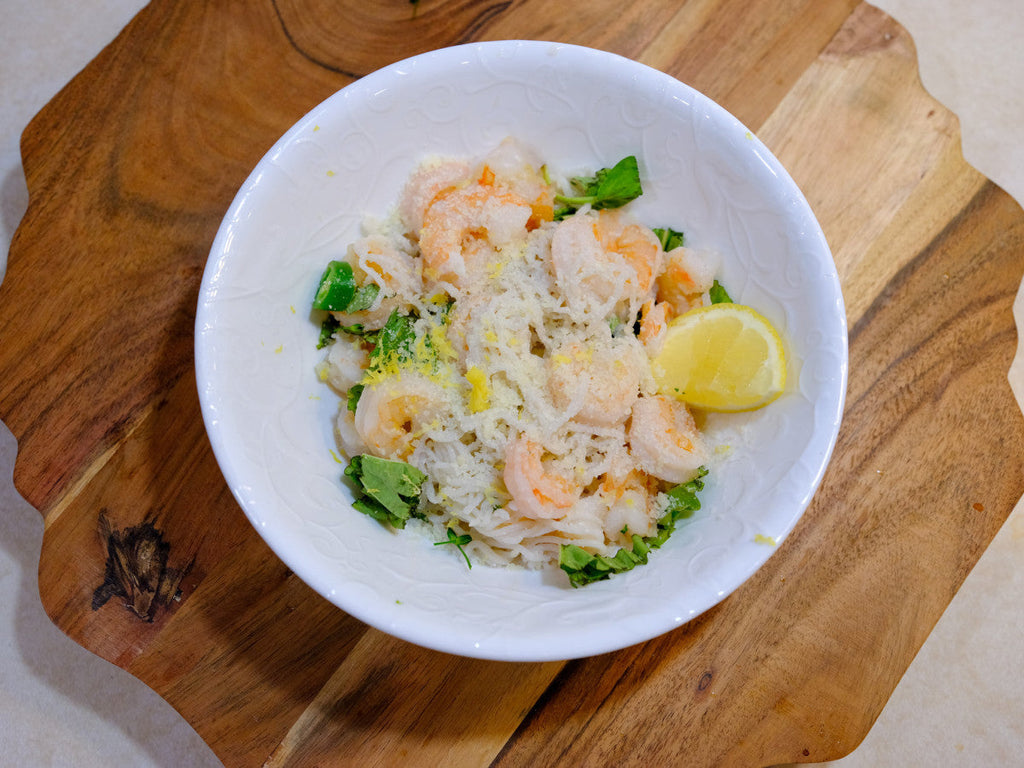Fasting After Keto Cheat Day? Here's How to Get Back into Ketosis
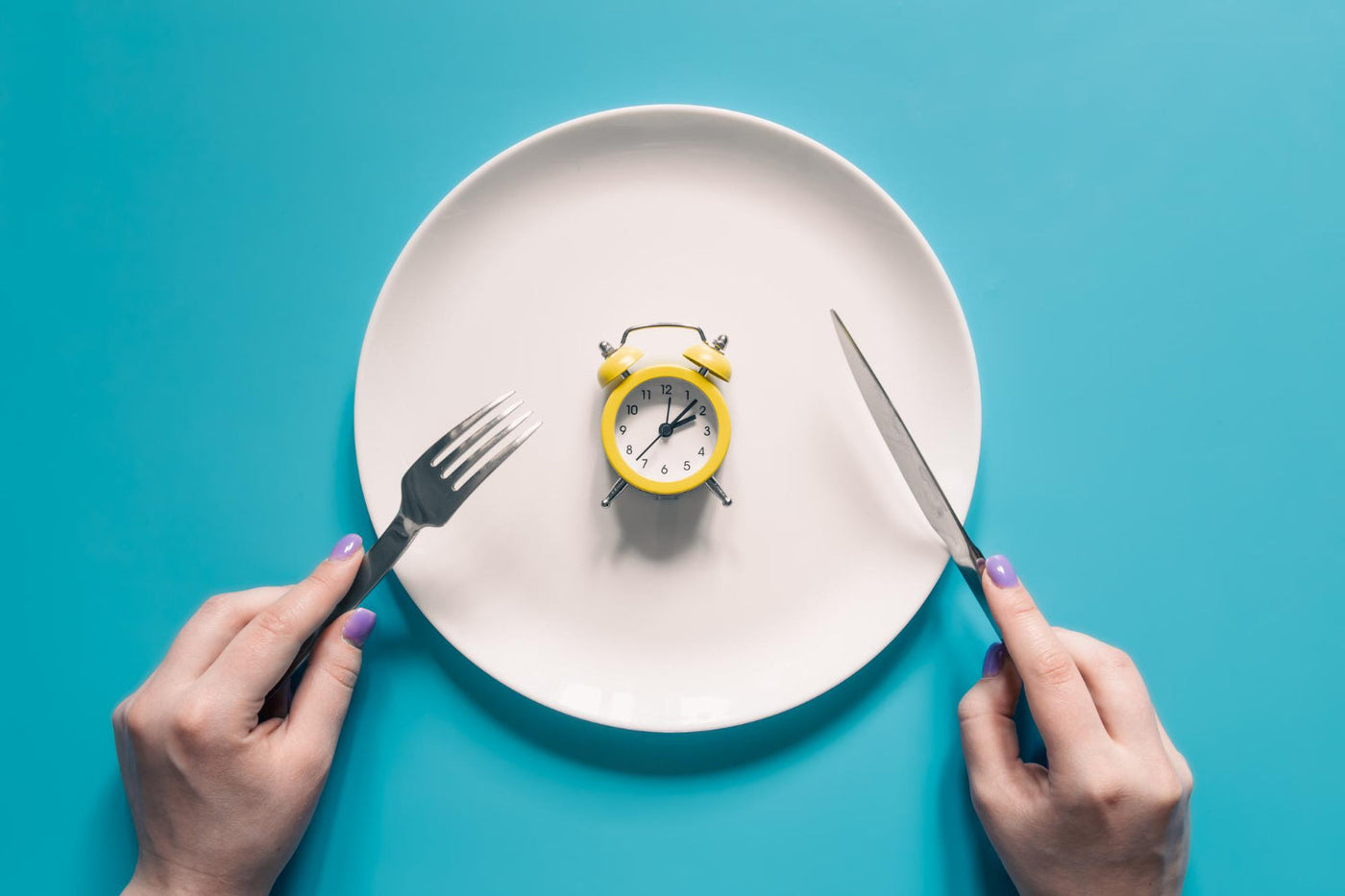
So, you had a cheat day on keto (or maybe a few cheat days in a row). First of all, let go of the guilt! There’s no reason to feel bad or beat yourself up. Think of it as a delicious break; now it’s time to get back on track.
What’s the best way to do that? Go back to basics! Here’s how to get yourself into ketosis again and what to expect after a cheat day.
A Little Background on Keto
You're likely already familiar with the ketogenic diet or "keto" diet. A low-carbohydrate, moderate-protein, high-fat diet shifts your metabolism from relying on glucose (sugars from carbs) for energy. Instead, you go into a state of ketosis, where your body starts burning through fat via ketones (fatty acids).
Many folks like the boost of energy and focus they get when they go on a keto meal plan. Keto dieters may notice more mental clarity, too. They also like the weight loss that comes with a restricted carbohydrate diet. Following a macronutrient ratio of about 70-80% fat, 15-20% protein, and 5-10% carbohydrates, people often see body fat seemingly melt away. Fat loss is a massive benefit of keto as your body taps into those glycogen stores for energy. Your insulin levels feel steady. You'll see yourself building more lean muscle mass.
The challenge of keto is, of course, the carbohydrate restriction. Keeping your carb count somewhere between 20-50 grams of carbs per day can be challenging. Familiarize yourself with nutrition labels, and you’ll likely be surprised at some of the many hidden sources of carbohydrates in the average American diet. Even some of your favorite foods might be taking you off track.
It’s only natural that something will come along and derail your progress. For example, as you’d expect, a cupcake with frosting has about 40 net carbs, but even a cup of carrots has about 9 net carbs. Sometimes, even if you’re being careful, you may accidentally overdo it on carbs.
How to Tell if You’re Out of Ketosis
If you suspect that you might be out of ketosis, there are some tale-tell signs that you can watch for, including:
- Increased hunger and carb cravings.
- Lower energy levels and sudden fatigue.
- Brain fog and lack of focus.
- Digestive issues like bloating.
- Rapid weight gain (from water retention).
- Lower endurance.
- Mood swings and irritability.
You may also notice that your breath smells less fruity or sweet (what some folks call “keto breath”). You may feel slightly off, achy, or run down. These are similar to keto flu symptoms.
Now, the best way to tell if your body is out of ketosis is by doing ketone testing. These tests indicate the presence of ketone bodies in your blood, breath, or urine. They’re the most reliable way to confirm that you’re out of ketosis. Blood is the most reliable test, followed by urine and breath ketone analyzers.
How to Get Back on Track
So, you had a slip. It’s okay! It happens. The key to getting back on track is to make sure you know what derailed your diet in the first place. Check nutrition labels on your foods, including dressings, sauces, and other spots where hidden carbs may lurk. These high-carb foods can mess up your ketone levels. An occasional cheat day is tempting, but even one cheat meal can shift you out of the metabolic state known as keto.
If you know it was the ice cream cake at a coworker’s birthday, a big chocolate chip cookie, or a night of sugary margaritas, great—you’ve already pinpointed the issue and can get back on track with healthy heating. The occasional indulgence is fine. Don't beat yourself up or feel like your hard work has been for nothing. If you’re unsure why you went out of ketosis, you may want to write down and measure your food (even keto-friendly foods), especially starchy vegetables like carrots, fruit, or processed ingredients.
Once you’ve figured out the culprit, there are a few ways to get yourself back into ketosis. If you had a cheat meal the next day, get right back to your low-carb diet. Cut your carb intake back to below 20-50 grams of net carbs per day. Refocus your meals around high-fat, protein-rich, low-carb foods. Exercise and get regular movement to help burn off that stored glycogen.
Make sure that you’re getting plenty of hydration and electrolyte intake as you shift back to the keto diet. Often, the symptoms of dehydration can be very similar to the “keto flu”—headaches, tiredness, and a general feeling of being run down.
Should you fast? Fasting after a cheat day isn’t a bad idea. Many people find that an intermittent fasting program works well with their keto diet. It may even make it seem a little easier to get back on track and jumpstart your progress.
Intermittent Fasting and Keto
Intermittent Fasting, or “IF,” is a dietary approach that works quite well with a keto diet. The two eating patterns together can complement each other and enhance results.
What is Intermittent Fasting? Is it just skipping meals? IF is a deliberate approach to weight loss. During fasting periods, Intermittent Fasters consume minimal calories (often none). But the key is that fasting windows are generally short and manageable. For example, common protocols include 16 hours of fasting with an 8-hour eating window (16/8) or 18/6.
Some people prefer 24-hour fasts a few times per week. It depends on the recommendation of your healthcare provider or nutrition professional as well as what you feel works best for your body. There’s not a one-size-fits-all approach.
All calories are consumed during the eating window. Some people feel that this leads to faster results, enhanced metabolism, fat-burning, and a quicker journey back to ketosis.
IF experts share that fasting triggers autophagy—a cellular repair process that boosts metabolic health. There’s also the simplicity factor. The less you eat and the fewer meals you consume, the less you need to prepare, measure, and plan.
If you’d like to combine keto and IF to boost the impact of keto and get yourself back on track, take it slow. Try a shorter fasting window at first to make sure your body can handle the adjustment.
Aim for nutritious meals that fit into the keto diet during your eating window. That likely means avoiding high-carbohydrate foods like bread, cake, and, of course, pasta.
But that's where It's Skinny comes in! It's Skinny Pasta has only 9 calories per pack and ZERO net carbs. That means you can have those delicious noodles you crave without the deprivation, guilt, or frustration of starting over.
IF and dietary expert Jorge Cruise even recommends It’s Skinny to his clients as a way to eat without breaking fast. A serving of It’s Skinny with a small amount of butter and salt can keep your body in a fasting state while still helping you feel full and satisfied!
It’s Skinny is the perfect food for helping you get back into keto mode. You won’t feel deprived or left out when you’re enjoying a big bowl of pasta with delicious toppings. Yet It’s Skinny is special pasta that doesn’t derail your diet.
It’s Skinny is gluten-free, vegan, and kosher. It’s suitable for almost any diet or way of eating. Our delicious noodles are packed with fiber, thanks to konjac root—a fibrous root vegetable used for shirataki noodles. You can enjoy It’s Skinny and know that you won’t feel hungry in just a few hours.
At the same time, you won't ever feel like you're dieting with It's Skinny. Imagine a cheesy, saucy, heaping portion of pasta; you can have it with It's Skinny. For some ideas on It's Skinny cooking, explore our recipe database.
It’s Skinny is available in classic pasta shapes, perfect for almost any dish:
To try all the varieties, order one of our variety packs. It’s a great way for you to find your favorite keto pasta shape and style.
Tips for Getting Back into Ketosis
What else do you need to do to get back on the keto diet? There are a few ways to ease your transition back to the keto lifestyle.
- Hydrate: Drink plenty of water as you get back on the plan. Many times, thirst mimics hunger. If you feel a little tired or rundown, you may also want to consider electrolyte supplements, especially during fasting periods.
- Eat Well: When you aren't fasting, eat well. Enjoy your keto meals, making sure that they're balanced and delicious. One of the biggest keys to success is avoiding deprivation. Deprivation is what leads to cheating on keto. Enjoy healthy fats, and don't let yourself get so hungry that your blood sugar levels drop.
- Listen to Your Body: Pay close attention to your body. Eat mindfully, and identify hunger cues, stressors, and other triggers that may cause you to reach for chips and cookies. If you’re tired, rest. If you’re hungry, eat.
- Move: Be sure that you're getting in lots of exercise and physical activity when you get back on track. Not only does exercise give you a mood and energy boost, but you may also find that the metabolism support leads to quicker results.
Combining keto and IF can be a good idea, especially if you're looking for some noticeable results to keep you motivated; you'll find fasting, and keto are a winning combo that pays off quickly.
While slips and cheat days are often part of the keto journey, it's important to jump right back into keto rather than putting it off as you move forward. You'll see results again and build on that momentum. You've got this!






